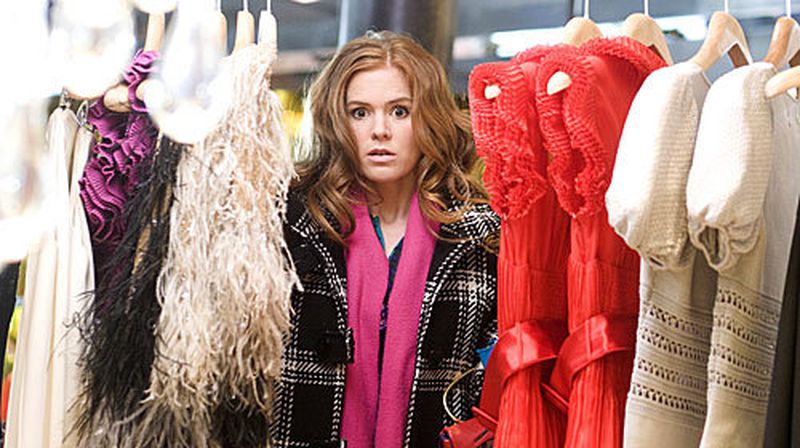
STORY TIME: Earlier this year I moved out of home, which is when I realised just how much stuff – read: clothes – I have. Two words: impulse buying.
I’m not talking about tops at the back of my closet from high school that don’t fit me anymore, I’m talking about clothes I bought during lockdown that I didn’t actually need. Impulse buying reared its ugly head in lockdown, I tell you what.
And then there are the ads for the fast fashion brands, the ones that churn out styles so fast you can barely keep up. One week it’s all the rage, the next it’s on sale for up to 50% off. You know the drill.
Look, we’ve all been there. Sometimes it’s just a bit tricky to resist buying something online for the thrill because it’s really cute and really cheap. It’s only when you hold that something-something in your hands do you realise that the quality just isn’t there. It starts to fray, fade, or stretch after just a couple of wears.
So if you’re feeling particularly seen right now, it might be time to consider a change. But where do I even start, you ask?
The answer is awareness.
More ethically conscious fashion brands like Levi’s want us to understand clothing, beyond trends and whatnot. It’s all about choosing something that fits well, is made well, and lasts.
Obviously, wearing what you already own is the most sustainable thing you can do. But if you do need to buy something new, aim for the better choice.
When it comes to buying denim, that often means it’s been “finished”. It’s the very last step in denim production, where the fabric is washed with looooots of water and fabric softener. It’s so your denim feels soft and worn-in when you buy it.
It’s a process that Levi’s actively changed when it created its Water<Less technique. So instead of being washed in water, Levi’s jeans are tumbled with bottle caps and golf balls, eliminating the need for water. Since the introduction of Water<Less technology in 2011, Levi’s has saved 4.2 billion litres of water from the denim finishing process.
You should also check out the Levi’s WellThread collection, its most sustainable offering to date. It’s all about the progress, baby! And WellThread has continued to evolve since its inception in 2015, so it can focus on being more and more sustainable with every season. This year, that meant the introduction of 55% hemp-blended fabrics and new natural-dye techniques.
Hemp generally means less water usage and fewer pesticides than conventionally grown cotton, leaving behind healthier, cleaner soil. And when it comes to dye techniques, Levi’s dabbles in ~ ultrasonic waves ~ to apply dye to fibre, reducing the need for harsh chemicals to make the dye penetrate the yarn. Pretty neat, huh?
Not to mention, every single WellThread garment is recyclable (!!!) – not that you’ll be getting rid of yours any time soon. From the back patch, simply iconic Red Tab, to the thread and pocketing, every single bit has been designed with circularity at its heart.
Combine all of this with Levi’s reputation as being the most durable and long-lasting jeans out there and you’ve got yourself a winner.
So, folks – the next time you find yourself frothing over something that is most definitely a shoddy impulse buy, listen to the little voice in your head. The one who’s telling you to make the better, more informed choice. That might mean not buying anything at all, or maybe it’s turning to more ethically conscious brands like Levi’s.



